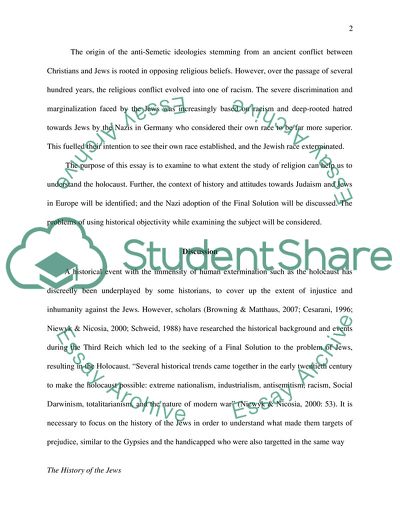Cite this document
(To What extent does the Study of religion in History inform our Coursework, n.d.)
To What extent does the Study of religion in History inform our Coursework. https://studentshare.org/history/1715859-to-what-extent-does-the-study-of-religion-in-history-inform-our-understanding-of-the-holocaust
To What extent does the Study of religion in History inform our Coursework. https://studentshare.org/history/1715859-to-what-extent-does-the-study-of-religion-in-history-inform-our-understanding-of-the-holocaust
(To What Extent Does the Study of Religion in History Inform Our Coursework)
To What Extent Does the Study of Religion in History Inform Our Coursework. https://studentshare.org/history/1715859-to-what-extent-does-the-study-of-religion-in-history-inform-our-understanding-of-the-holocaust.
To What Extent Does the Study of Religion in History Inform Our Coursework. https://studentshare.org/history/1715859-to-what-extent-does-the-study-of-religion-in-history-inform-our-understanding-of-the-holocaust.
“To What Extent Does the Study of Religion in History Inform Our Coursework”. https://studentshare.org/history/1715859-to-what-extent-does-the-study-of-religion-in-history-inform-our-understanding-of-the-holocaust.


